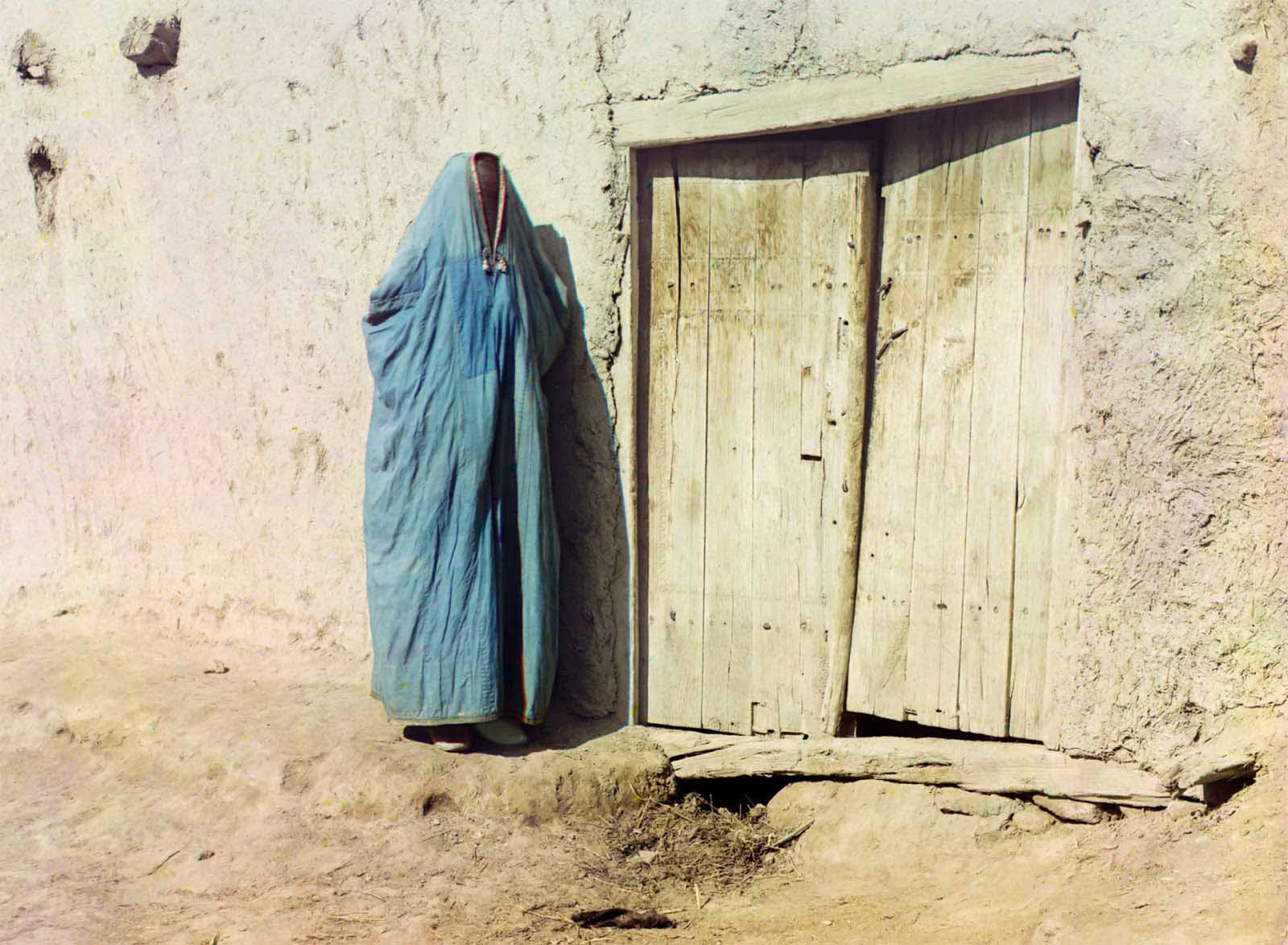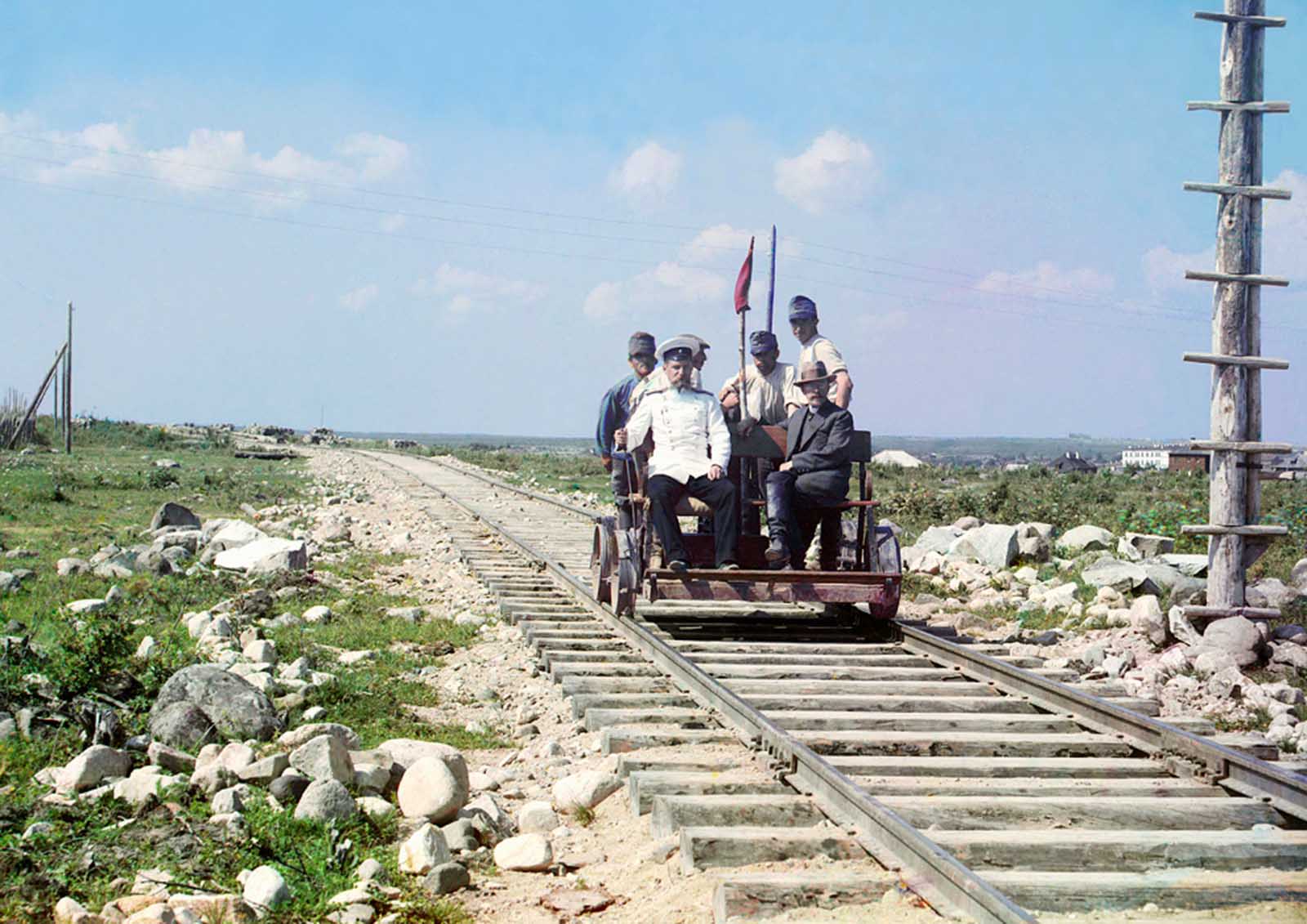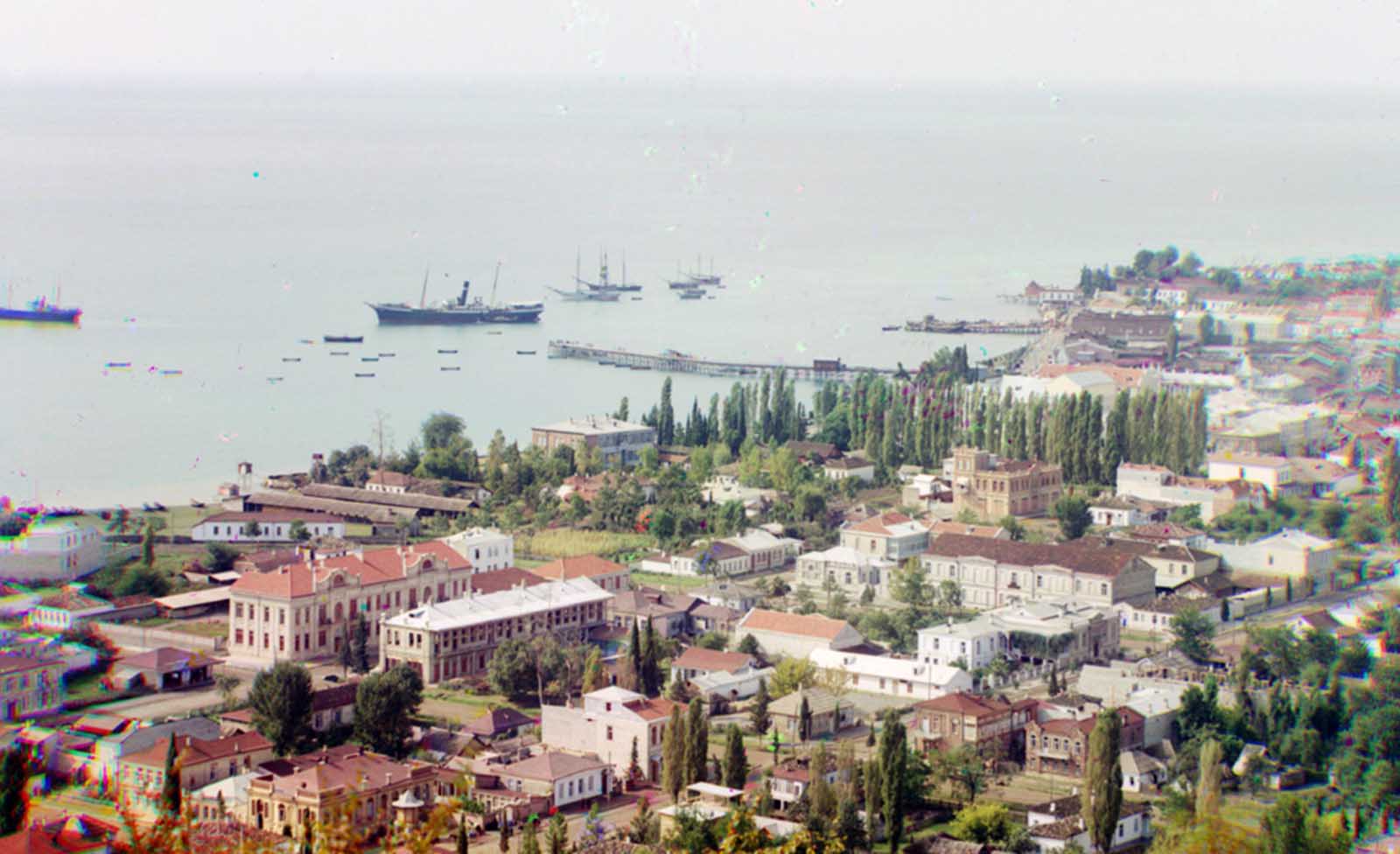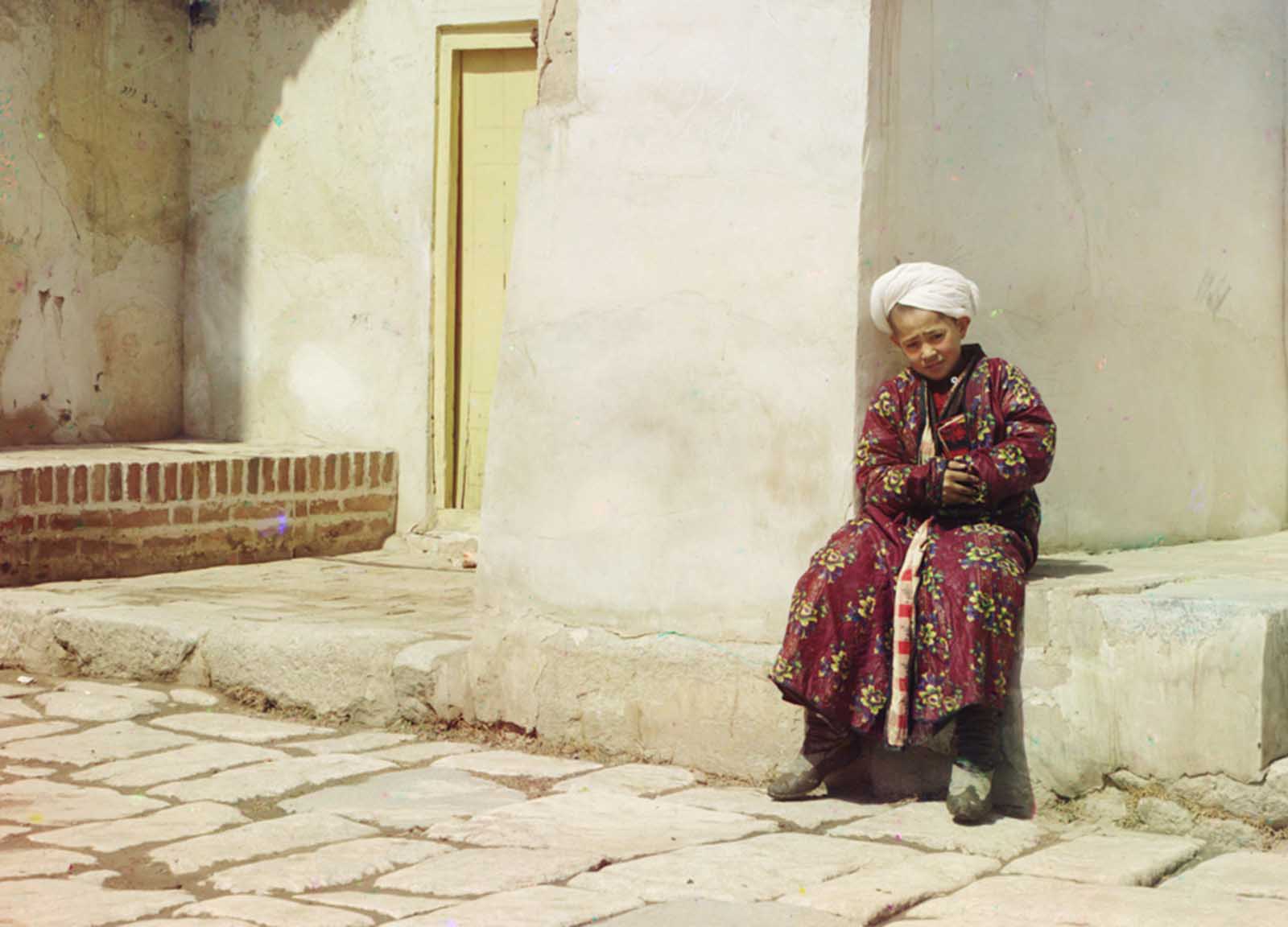Sergey Prokudin-Gorsky was an outstanding Russian photographer. From 1909 to 1915, he traveled the Russian Empire using a railroad-car darkroom provided by Tsar Nicholas II to record its many aspects. While some of his negatives were lost, most were stored at the US Library of Congress after his death. Since 2000, the negatives have been digitized, and the color triples have been digitally combined to produce hundreds of photos of Russia and its neighbors from over a century ago.
Prokudin-Gorsky also created color images by repeatedly exposing one oblong glass plate to three different color filters: red, green, and blue, in rapid succession. The three different color images were then projected through three different lenses, one on top of the other, to present them as slides. A full-color image could be seen when the three images were projected together. Prokudin-Gorskii used this new method to capture over 2,000 images of the Empire, from people to architecture to the Empire’s expanding industrial infrastructure.
Prokudin-Gorskii’s historical photographs portray a lost world: many of his captured buildings were destroyed during the Bolshevik Revolution. Many of his works have been illustrated in his lectures. The photographs he took offer a vivid picture of a lost world on the eve of the Russian Revolution and World War I. His subjects included old Russian churches and monasteries, the railroads and factories of new industrial power, and the daily life and work of Russia’s diverse population. They also depicted different people from all the corners of the Russian Empire; simple peasants, soldiers, officers, laborers, older adults, mothers, and kids.














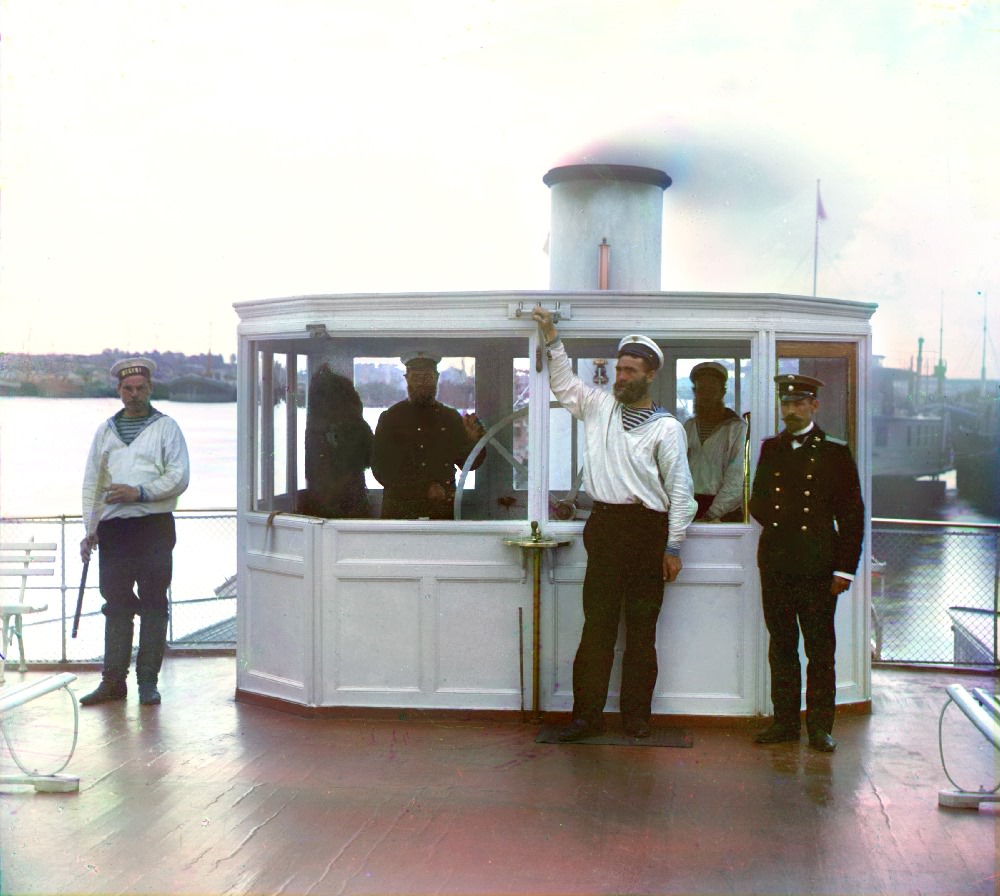








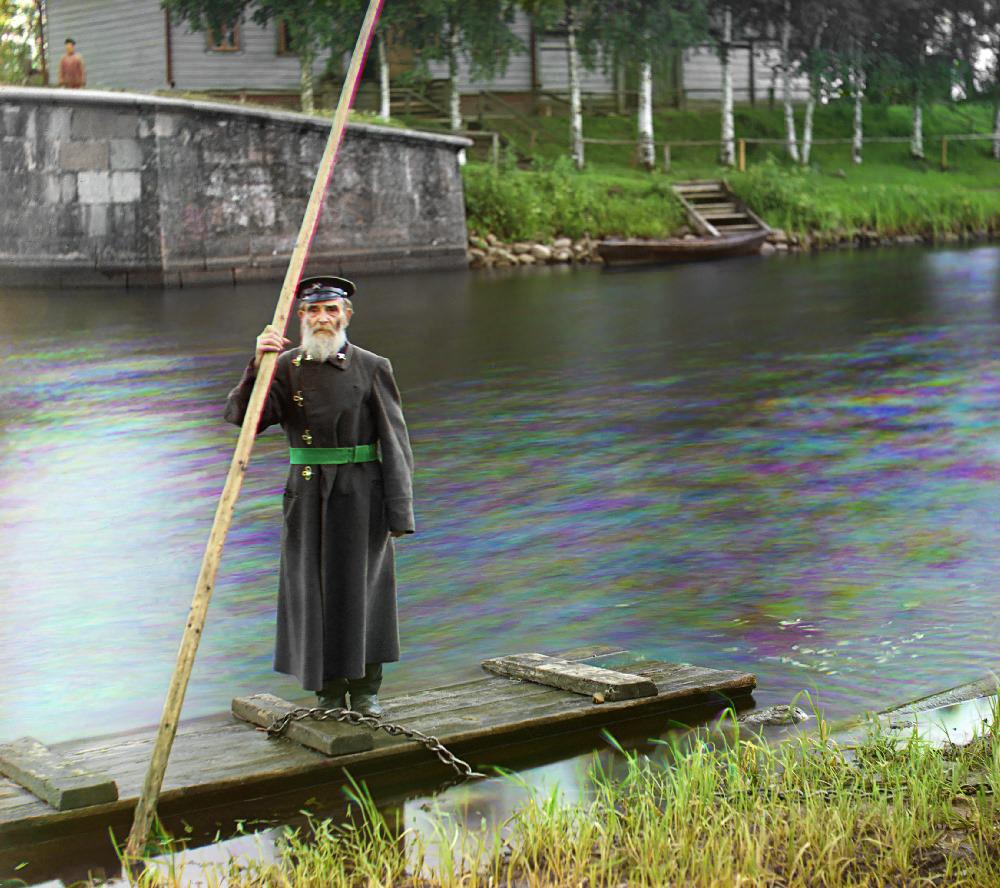



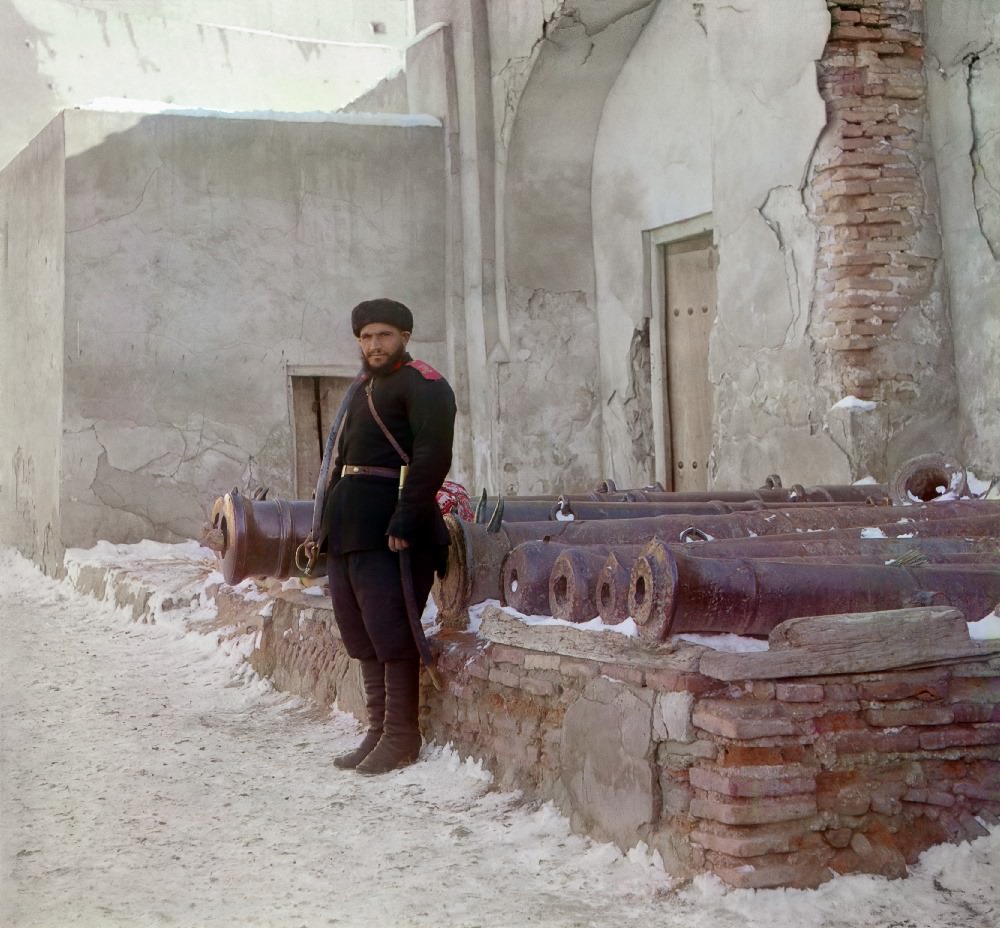
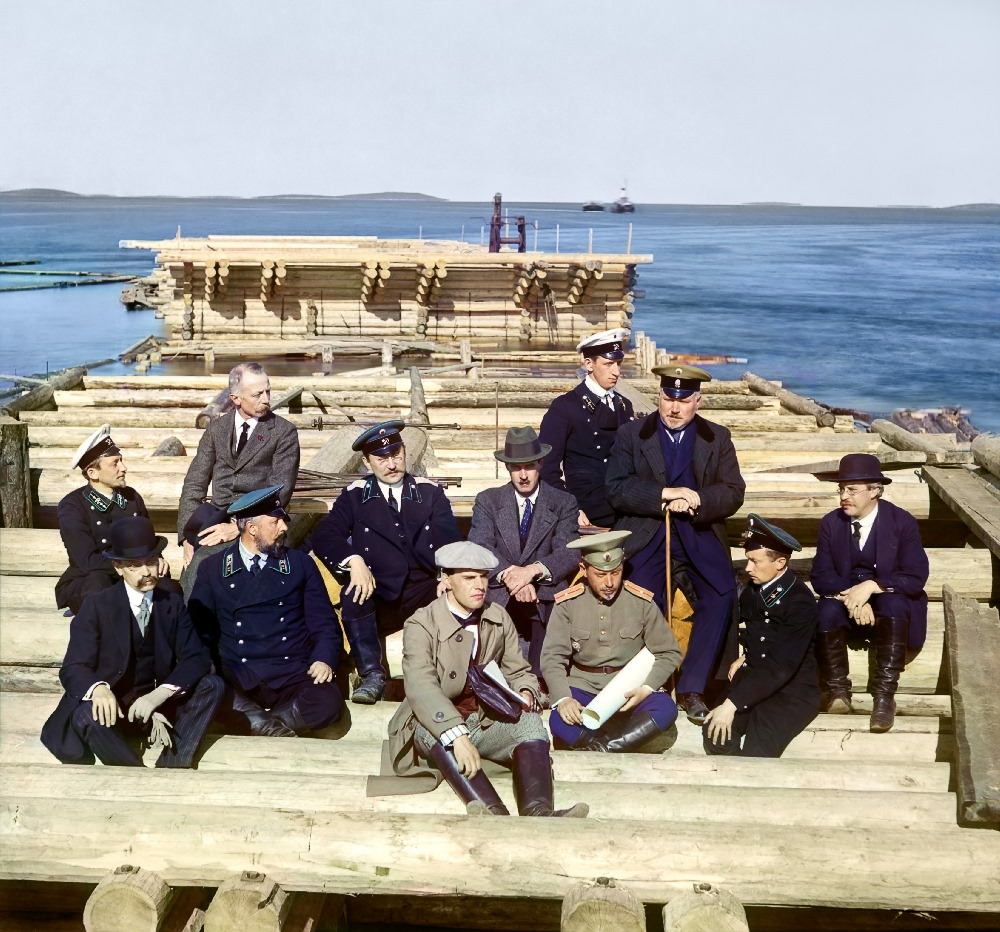
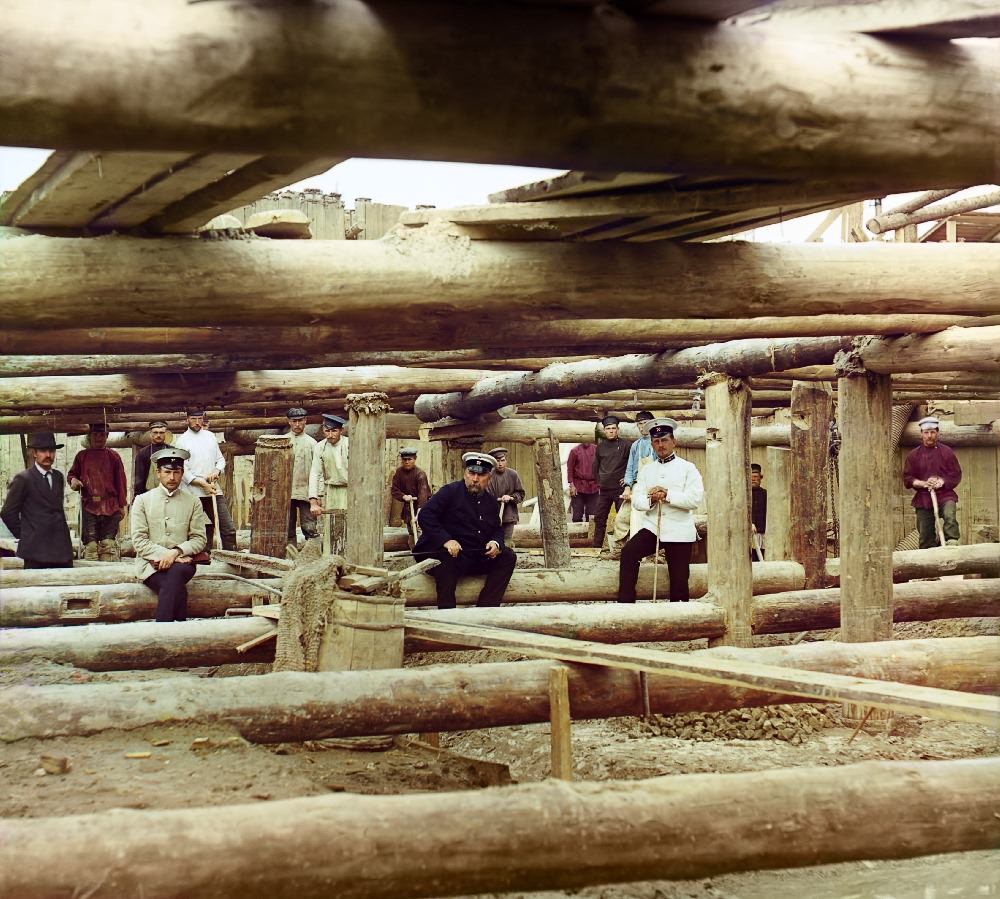

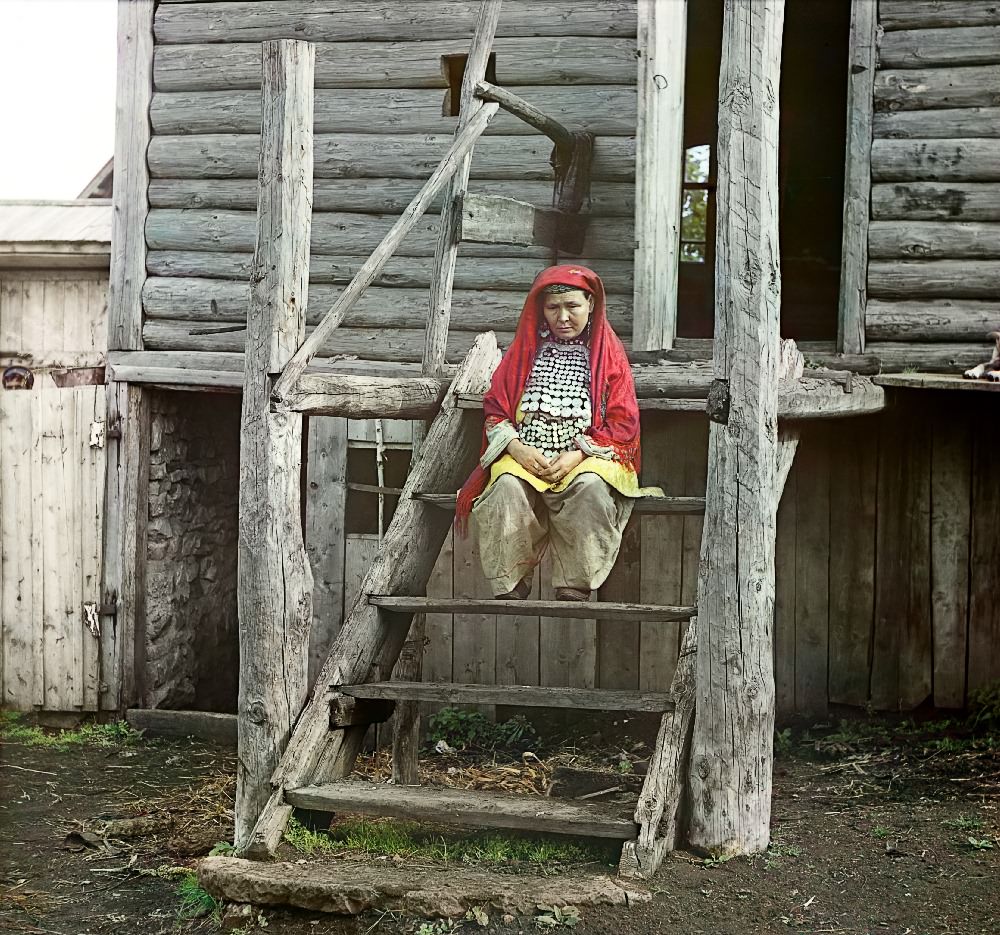










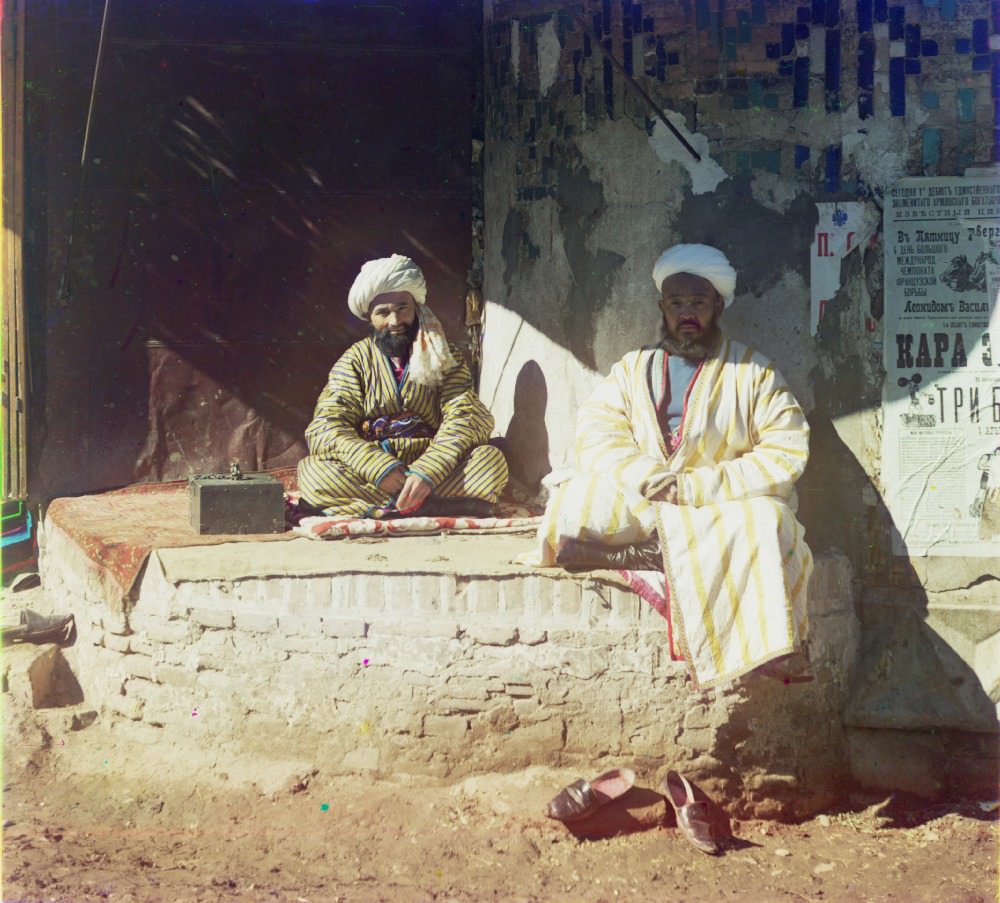




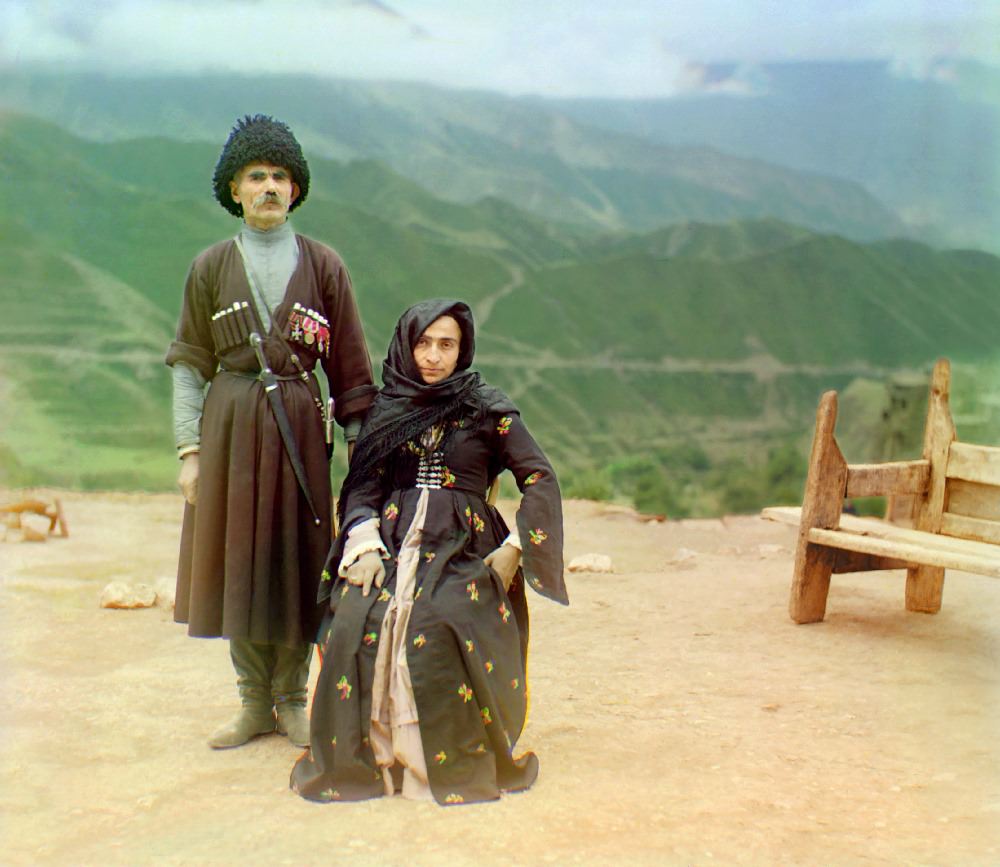

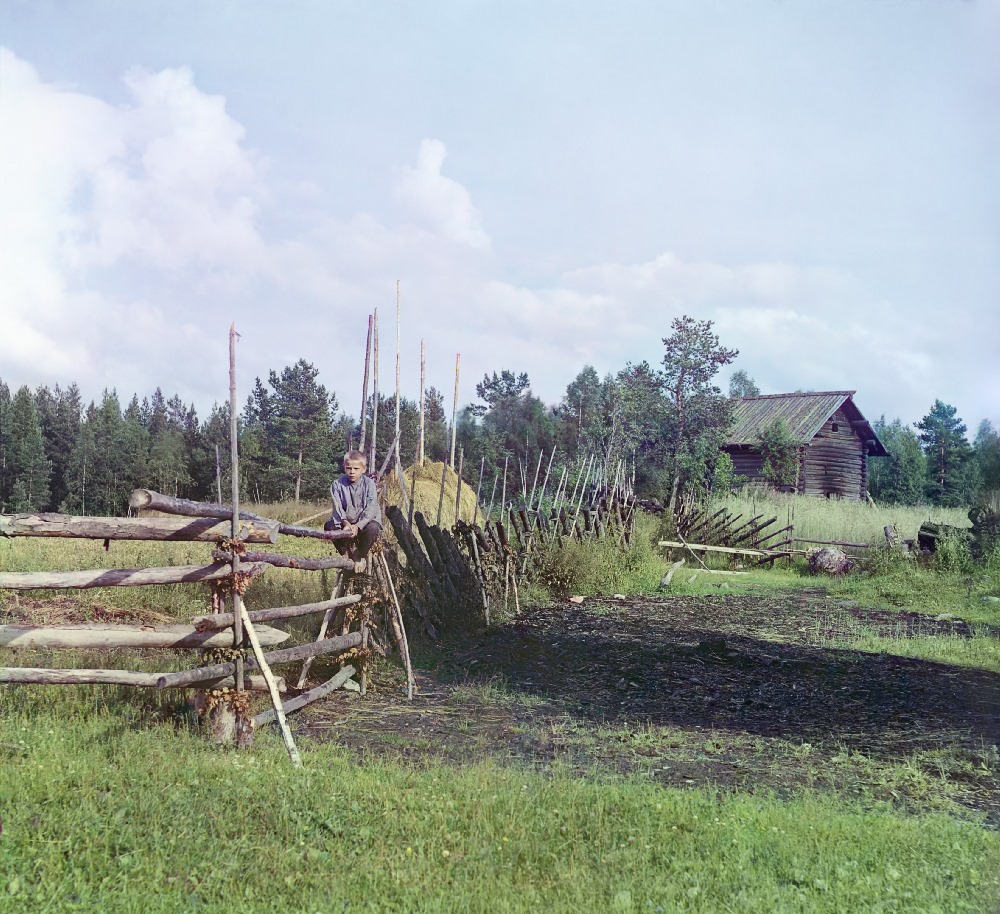

































![General view of the [Nikolaevskii] cathedral from southwest, 1911](https://www.bygonely.com/wp-content/uploads/2021/09/Russian_Empire_Early_20th_Century_88.jpg)



![Nikol'skaia [St. Nicholas] Church in Lavrovo village, Shlissel'burg county, St. Petersburg province, 1909](https://www.bygonely.com/wp-content/uploads/2021/09/Russian_Empire_Early_20th_Century_93.jpg)


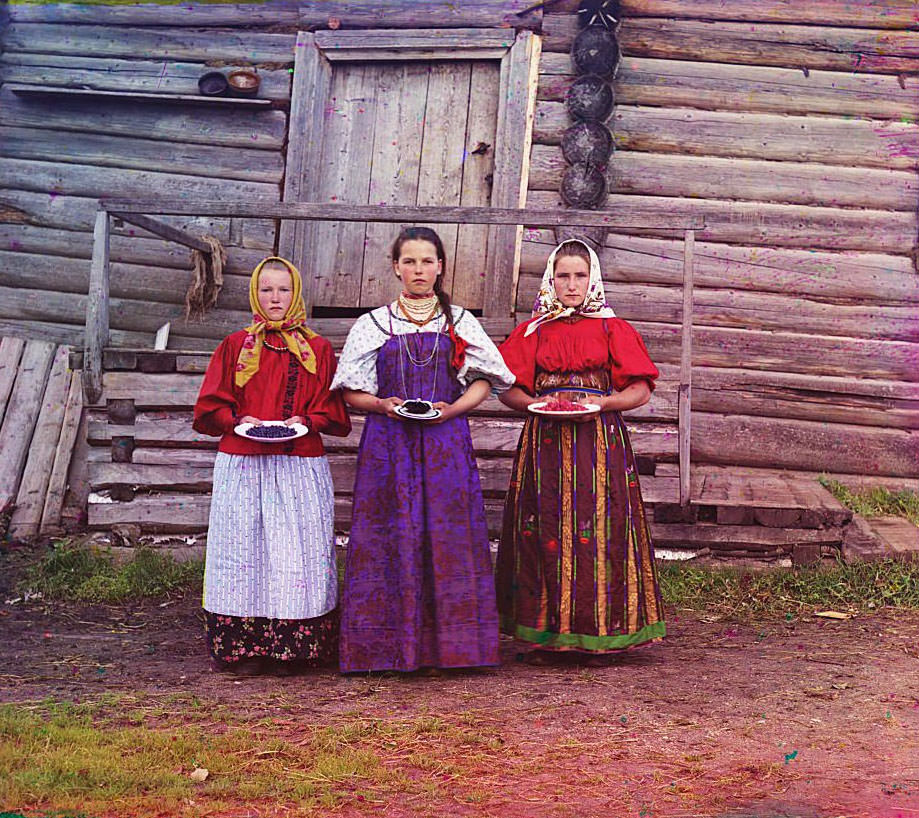







![View of the monastery from Svetlitsa [Island, Saint Nil Stolbenskii Monastery, Lake Seliger], 1910](https://www.bygonely.com/wp-content/uploads/2021/09/Russian_Empire_Early_20th_Century_105.jpg)














